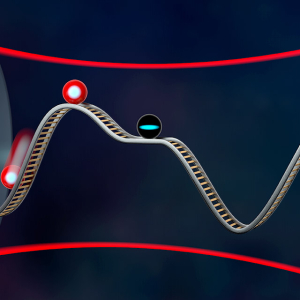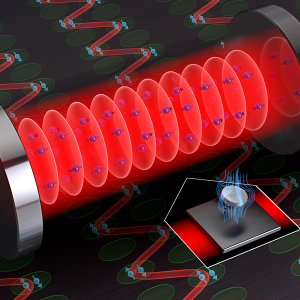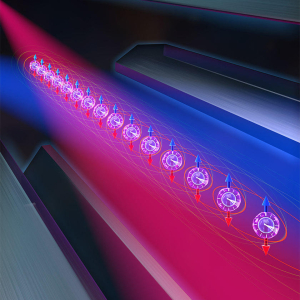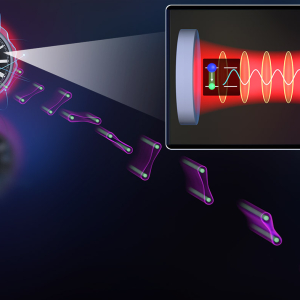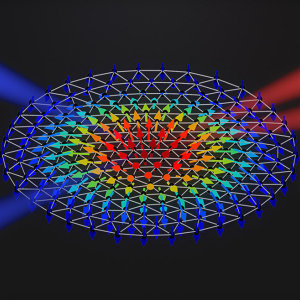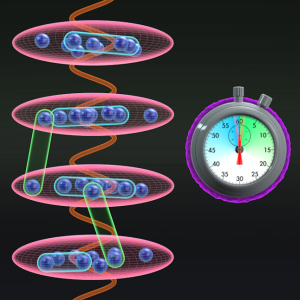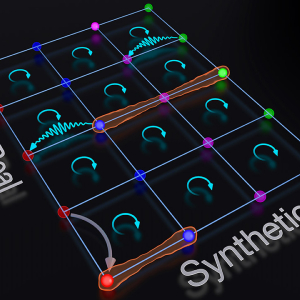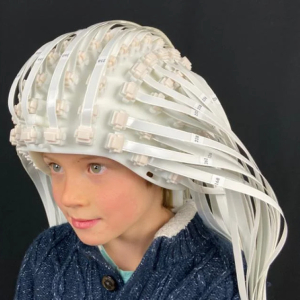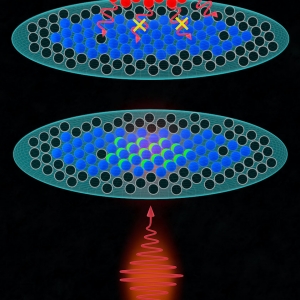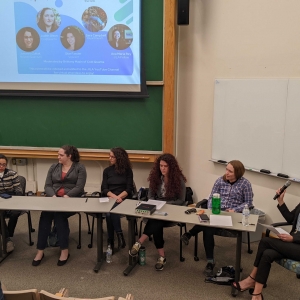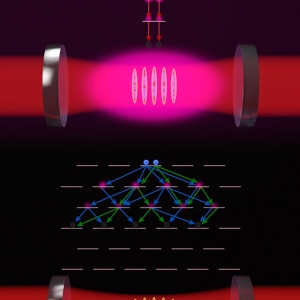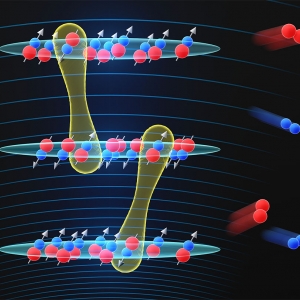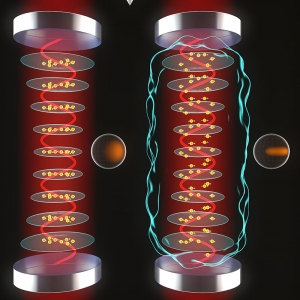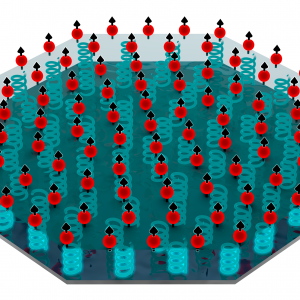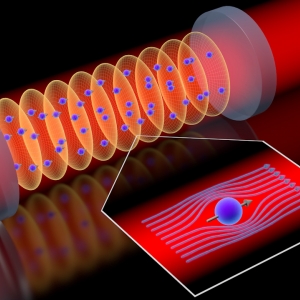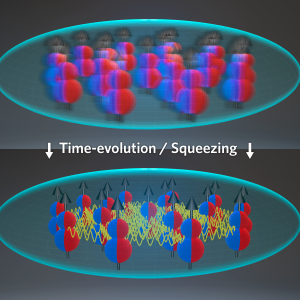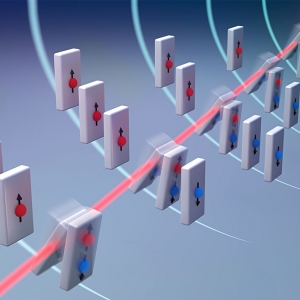Research Highlights
Precision Measurement | Quantum Information Science & Technology
Squeezing in the Dark of a Superradiant Roller Coaster
Published: February 19, 2024
PI: Ana Maria Rey
Precision Measurement | Quantum Information Science & Technology
B-C-S—Easy as I, II, III: Unveiling Dynamic Superconductivity
Published: January 24, 2024
PI: Ana Maria Rey | PI: James Thompson
Precision Measurement | Quantum Information Science & Technology
New Spin-Squeezing Techniques Let Atoms Work Together for Better Quantum Measurements
Published: September 25, 2023
PI: Adam Kaufman | PI: Ana Maria Rey
Precision Measurement | Quantum Information Science & Technology
Entangled Pairs Get Sensitive Very Fast
Published: May 23, 2023
PI: Ana Maria Rey | PI: James Thompson
Precision Measurement | Quantum Information Science & Technology
Using Ion Crystals to Simulate Superconductors
Published: February 07, 2023
PI: Ana Maria Rey
Precision Measurement | Quantum Information Science & Technology
A Quantum Video Reel
Published: January 23, 2023
PI: Cindy Regal | PI: Ana Maria Rey
Atomic & Molecular Physics | Quantum Information Science & Technology
Atoms do the Twist
Published: January 11, 2023
PI: Ana Maria Rey
Precision Measurement | Quantum Information Science & Technology
A Magic Balance in Optical Lattice Clocks
Published: October 12, 2022
PI: Ana Maria Rey | PI: Jun Ye
Quantum Information Science & Technology
Clearing Quantum Traffic Jams under the SU(n) of Symmetric Collisions
Published: September 15, 2022
PI: Ana Maria Rey
Quantum Information Science & Technology
A Look at Colorado's Quantum Revolution
Published: June 28, 2022
PI: Jun Ye | PI: Cindy Regal | PI: Margaret Murnane | PI: Henry Kapteyn | PI: Ana Maria Rey
Precision Measurement | Quantum Information Science & Technology
An Atomic Game of Duck, Duck, Goose
Published: April 15, 2022
PI: Jun Ye | PI: Ana Maria Rey
Quantum Information Science & Technology
JILA and Cubit Partner with Key Quantum Companies for an Engaging Panel
Published: April 12, 2022
PI: Ana Maria Rey
Atomic & Molecular Physics | Precision Measurement | Quantum Information Science & Technology
Running in a Quantum Corn Maze and Getting Stuck in the Dark
Published: March 23, 2022
PI: Ana Maria Rey | PI: James Thompson
Precision Measurement | Quantum Information Science & Technology
Electrifying Molecular Interactions
Published: March 17, 2022
PI: Jun Ye | PI: Ana Maria Rey
Atomic & Molecular Physics | Quantum Information Science & Technology
A Magic Recipe for a Quantum Interferometer
Published: November 17, 2021
PI: Ana Maria Rey | PI: James Thompson
Quantum Information Science & Technology
NIST’s Quantum Crystal Could Be a New Dark Matter Sensor
Published: August 06, 2021
PI: Ana Maria Rey
Laser Physics | Quantum Information Science & Technology
BCS: Building a Cavity Superconductor
Published: May 18, 2021
PI: Ana Maria Rey | PI: James Thompson
Quantum Information Science & Technology
Molecules in Flat Lands: an Entanglement Paradise
Published: March 18, 2021
PI: Ana Maria Rey | PI: Jun Ye
Atomic & Molecular Physics
Total Ellipse of the SU(N)
Published: September 11, 2020
PI: Jun Ye | PI: Ana Maria Rey
Atomic & Molecular Physics | Precision Measurement
Falling Dominos and an Army of Schrödinger’s Cats
Published: July 27, 2020
PI: Ana Maria Rey




